Image of the Day Archives

For older Image of the Day pictures, please visit the Image of the Day archives. Pictured: NGC 2467.
We’re Gonna Fly to the Moon
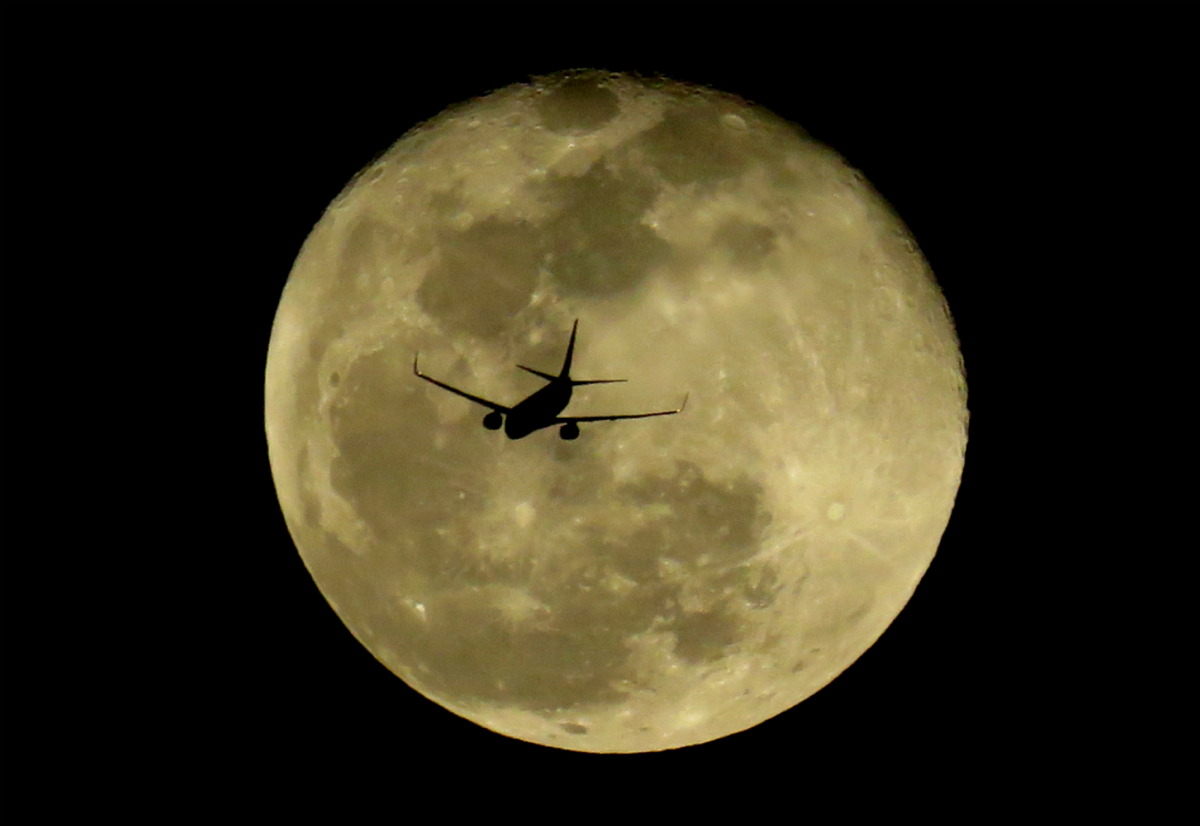
Tuesday, Sept. 1, 2015: Astrophotographer Guilherme Coelho sent in a photo taken in Santo Andre, Brazil, of a 737-800 airplane on the way to Rio transiting the moon on August 30, 2015.
— Tom Chao
Uneven Structure
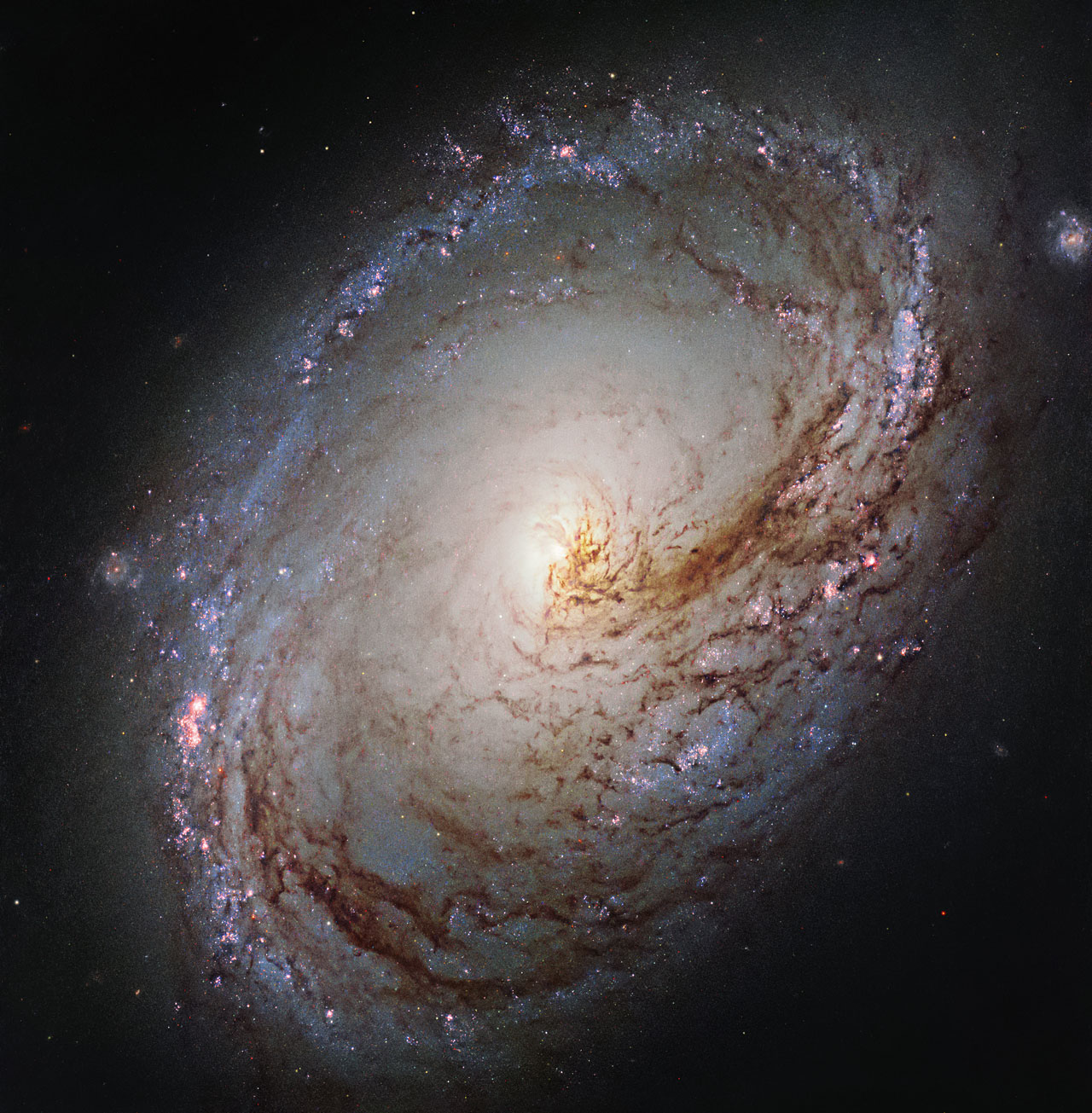
Wednesday, Sept. 2, 2015: Messier 96 is a spiral galaxy that lies a bit over 35 million light-years away in the constellation of Leo (The Lion). The galaxy has a mass and size similar to the Milky Way. Messier 96 possesses a very asymmetric shape, with its dust and gas spread unevenly throughout its weak spiral arms, and a core that does not sit exactly at the galactic center. Its arms also show asymmetry, and they may have been pulled by the gravitational pull of other galaxies within the same group as Messier 96.
— Tom Chao
Rocket in the Sky
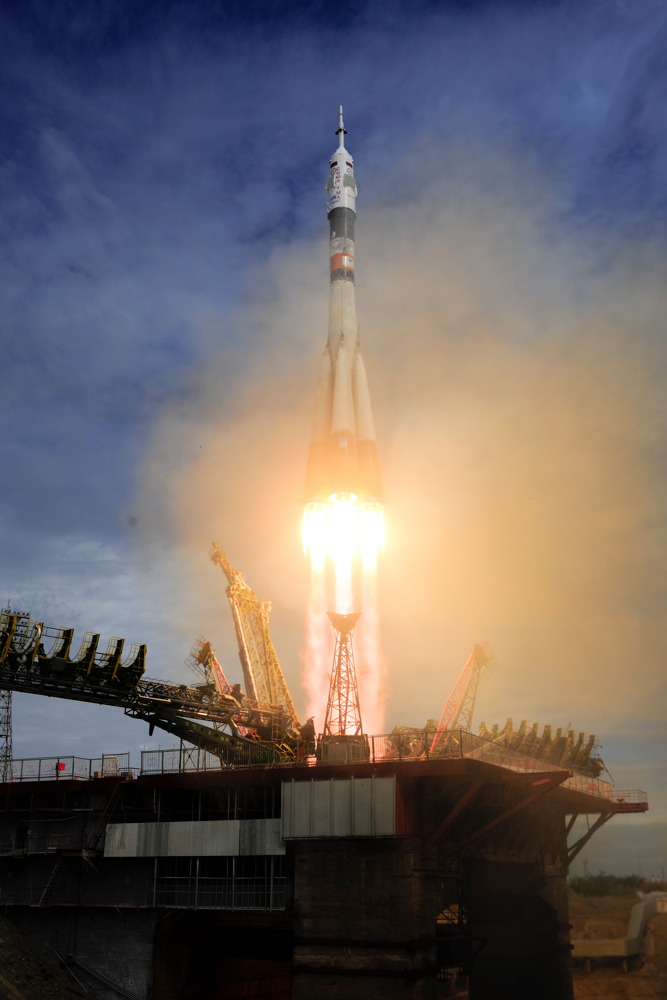
Thursday, Sept. 3, 2015: A Soyuz TMA-18M spacecraft launched ESA astronaut Andreas Mogensen, commander Sergei Volkov and Aidyn Aimbetov to the International Space Station on Sept. 2, 2015, from the Baikonur Cosmodrome in Kazakhstan. The launch begins ESA’s 10-day ‘iriss’ mission that will concentrate on examining new technologies and ways of operating complex space missions. Docking is planed for Sept. 4. [See full story.]
— Tom Chao
Through the Dust
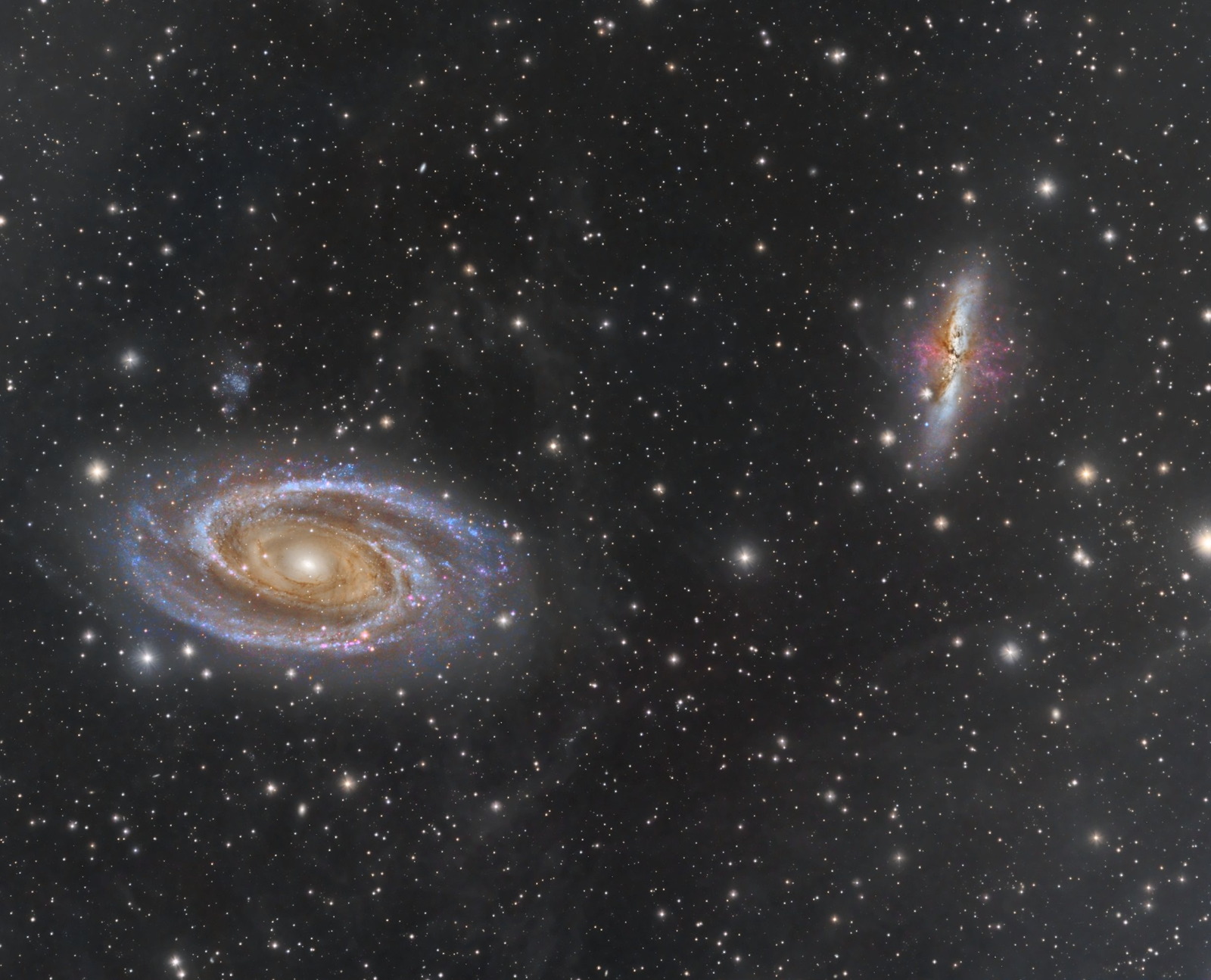
Friday, Sept. 4, 2015: Astrophotographer Stefan Muckenhuber sent in a photo of galaxies M81 (left) and M82, obtained in mid-2015 from Tirol, Austria. M81 (AKA Bode’s Galaxy), a spiral galaxy, lies about 12 million light-years away from Earth in the constellation of Ursa Major. M82 is also known as the Cigar Galaxy. Muckenhuber writes in an email message to Space.com: “I took this picture from a quite dark spot in … Tirol. I collected 16 hours of data and it also took me about 20 hours of processing until I was satisfied with the result. The exposure of 16 hours was necessary to bring out the faint Integrated Flux Nebula (IFN) … “ appearing as the gray dust in the image. He notes the IFN, which lies closer to us than the two galaxies, is made visible by the glow of stars in our Milky Way.
— Tom Chao
BurgerTime
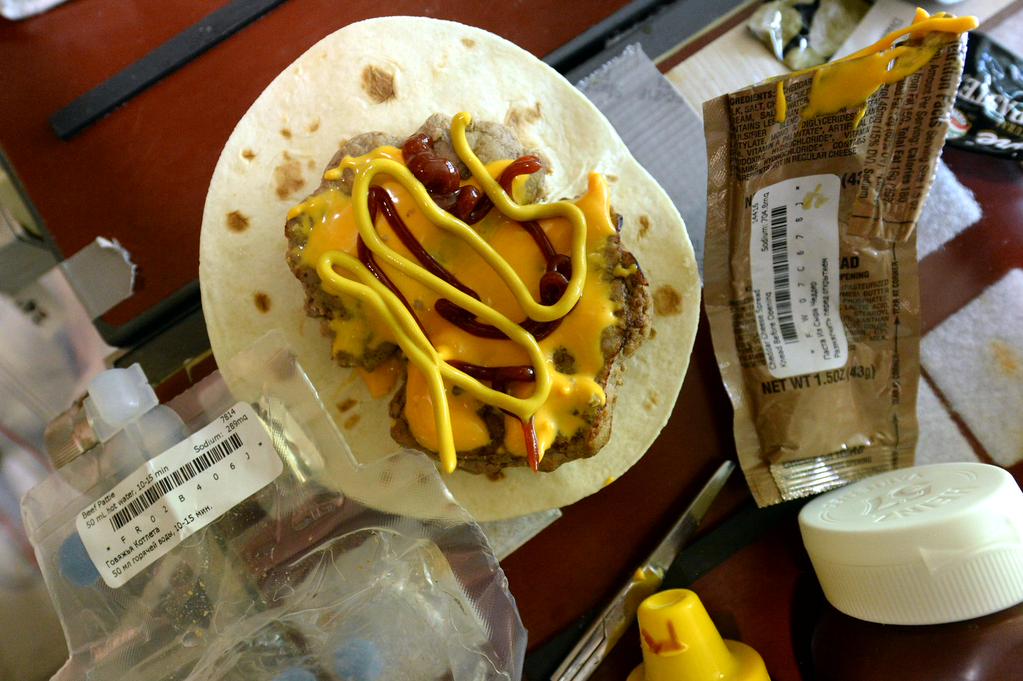
Monday, Sept. 7, 2015: Scott Kelly posted this photo on Instagram of a burger aboard the International Space Station for National Burger Day (in the UK) on August 27. He gives this recipe for a Rehydrated Beef Patty with MRE [Meal, Ready-to-Eat] Cheddar Cheese Spread, Ketchup and Mustard on Space Tortilla: “(1) Rehydrate beef patty using the onboard potable water dispenser (hot). (2) Allow beef patty 10-15 minutes to fully rehydrate before opening. No grill marks to gauge cook time, so keep an eye on your watch. (3) Use scissors to snip open patty pouch and cheddar cheese spread.” But no fries and shake?
— Tom Chao
Fishbone
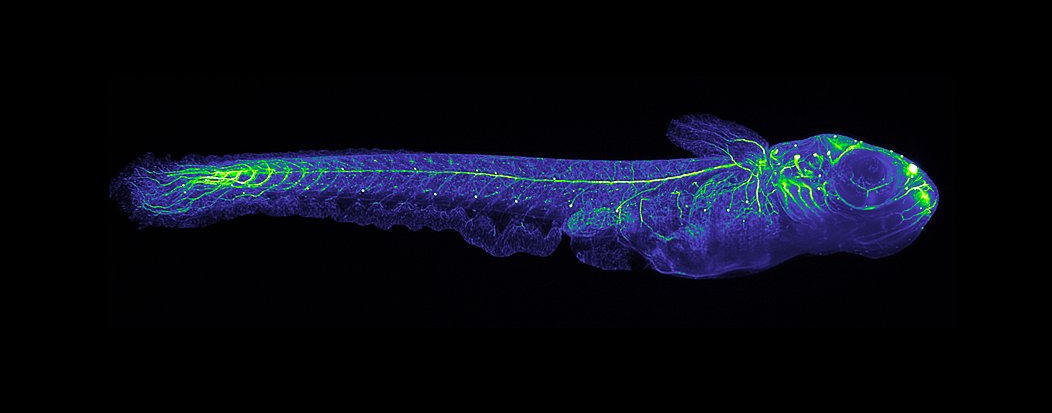
Tuesday, Sept. 8, 2015: Astronauts study the medaka fish on the International Space Station to examine the impact of microgravity on its bones. The fish, also known as the Japanese rice fish (Oryzias latipes), may give insights into the loss of astronaut bone density during spaceflight, as they participate in a study called the Medaka Osteoclast investigation. The fish have transparent bodies, allowing scientists to view their internal structure while they swim in space. Image released Sept. 1, 2015.
— Tom Chao
Get the Space.com Newsletter
Breaking space news, the latest updates on rocket launches, skywatching events and more!
She's a Sunflower, She's My One Flower
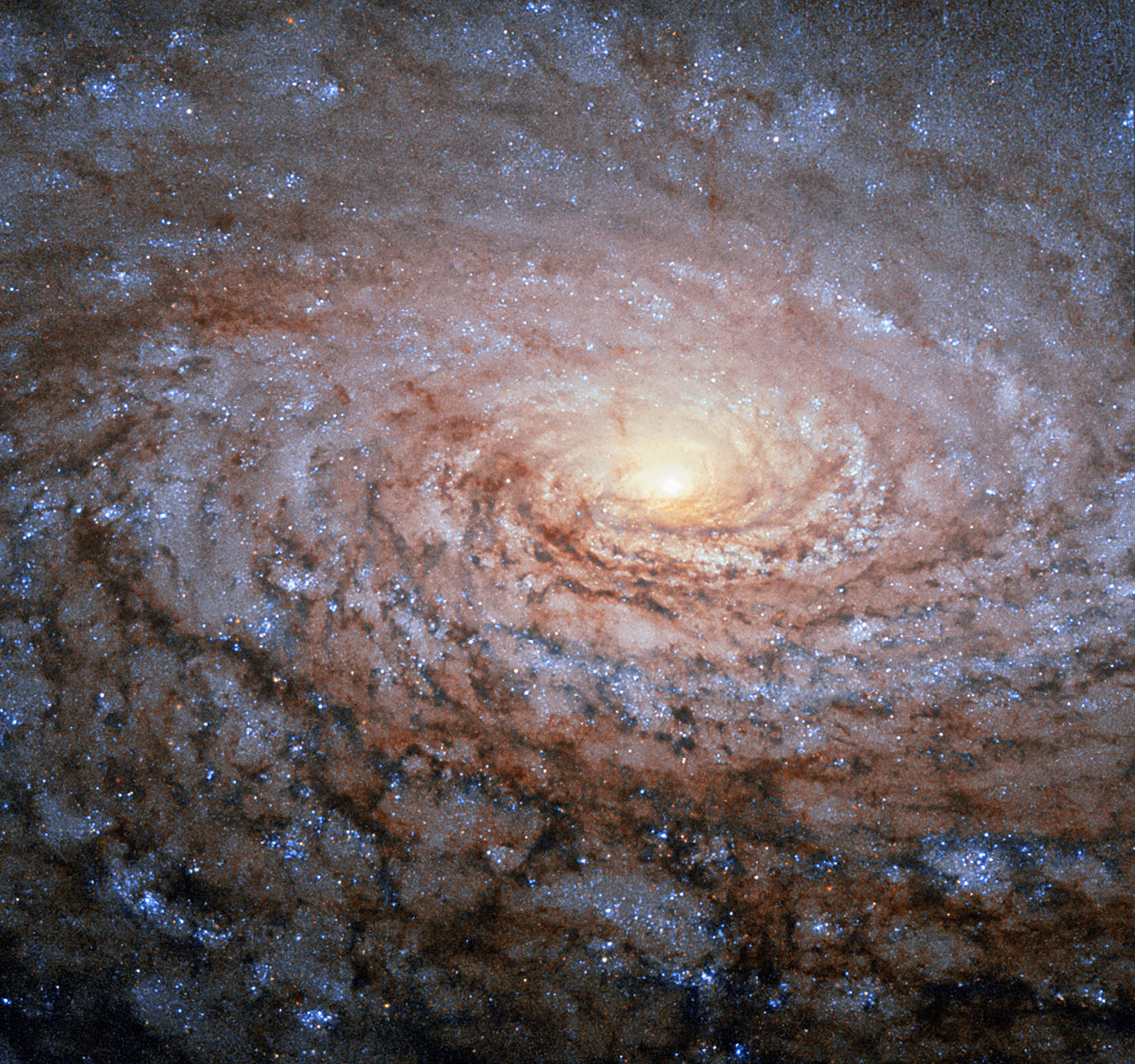
Wednesday, Sept. 9, 2015: Messier 63 galaxy lies about 27 million light-years from Earth in the small, northern constellation of Canes Venatici (the Hunting Dogs). The galaxy belongs to the M51 Group, in which Messier 51 shines brightest of the galaxies in that group. The spiral arms of the Messier 63 resemble a sunflower, giving rise to the nickname "Sunflower Galaxy." Pierre Mechain discovered it in 1779, and the galaxy made it into Messier’s catalogue as the 63rd object. Image released Sept. 7, 2015.
— Tom Chao
Rip It Up
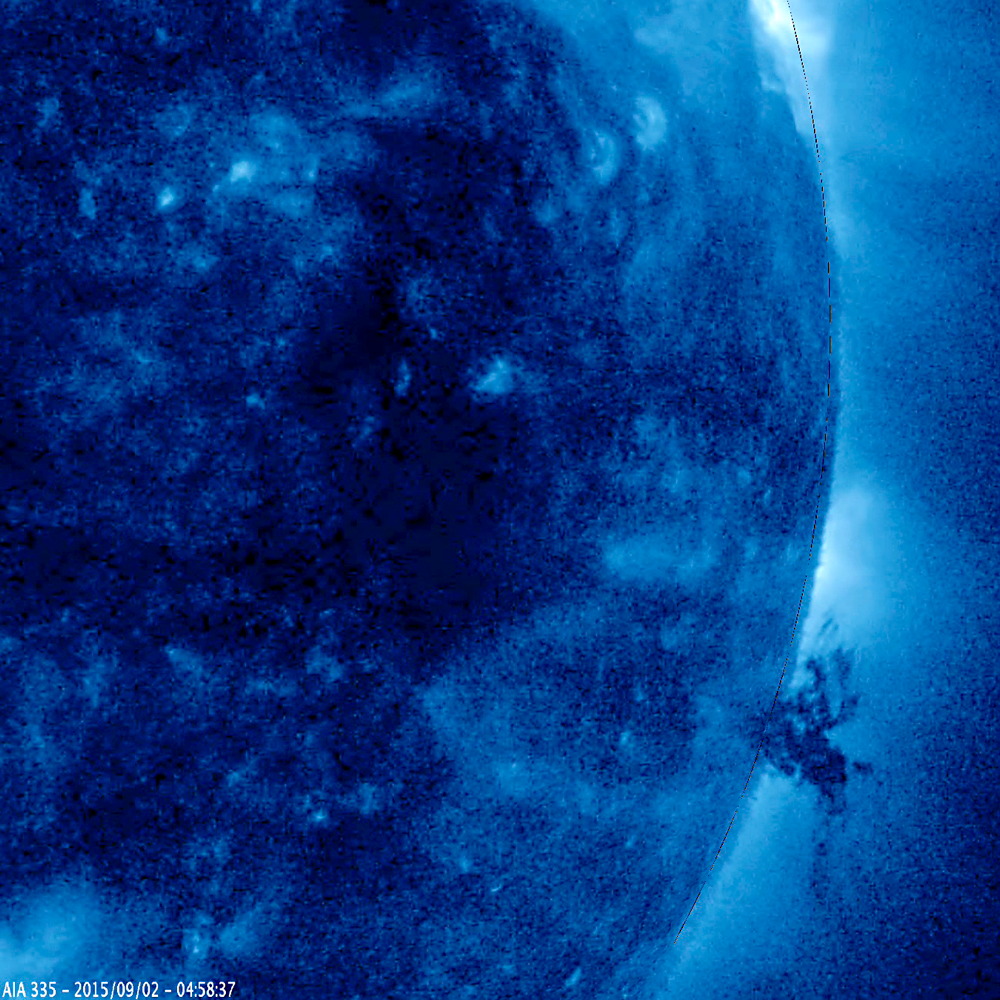
Thursday, Sept. 10, 2015: NASA’s Solar Dynamics Observatory caught a small mass of plasma jumping above the surface of the sun on Sept. 1-3, 2015, as seen in this still image from a video. Powerful magnetic forces stretched and pulled the mass back and forth but it did not rip apart in the sequence. The ionized iron particles observed in this extreme ultraviolet wavelength blazed at a temperature of about 5 million degrees F (2.8 million degrees C). [See full story with video.]
— Tom Chao
Way Up North
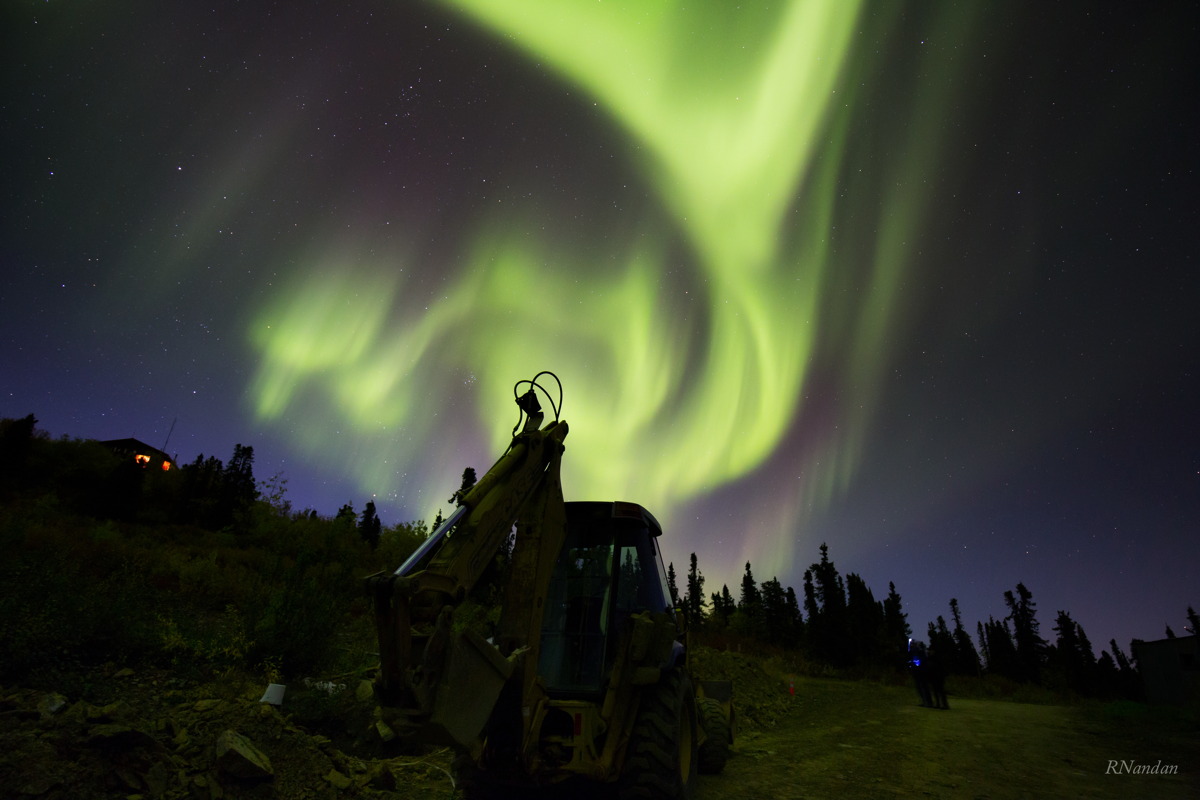
Friday, Sept. 11, 2015: Astrophotographer Rachana Nandan sent in a photo of an auroral display over Mount Aurora Lodge, Fairbanks, Alaska, taken on Sept. 5, 2015. Fairbanks, the second-largest city in Alaska, lies in the state’s interior.
— Tom Chao
Spaceship, Spaceship, SPACESHIP!
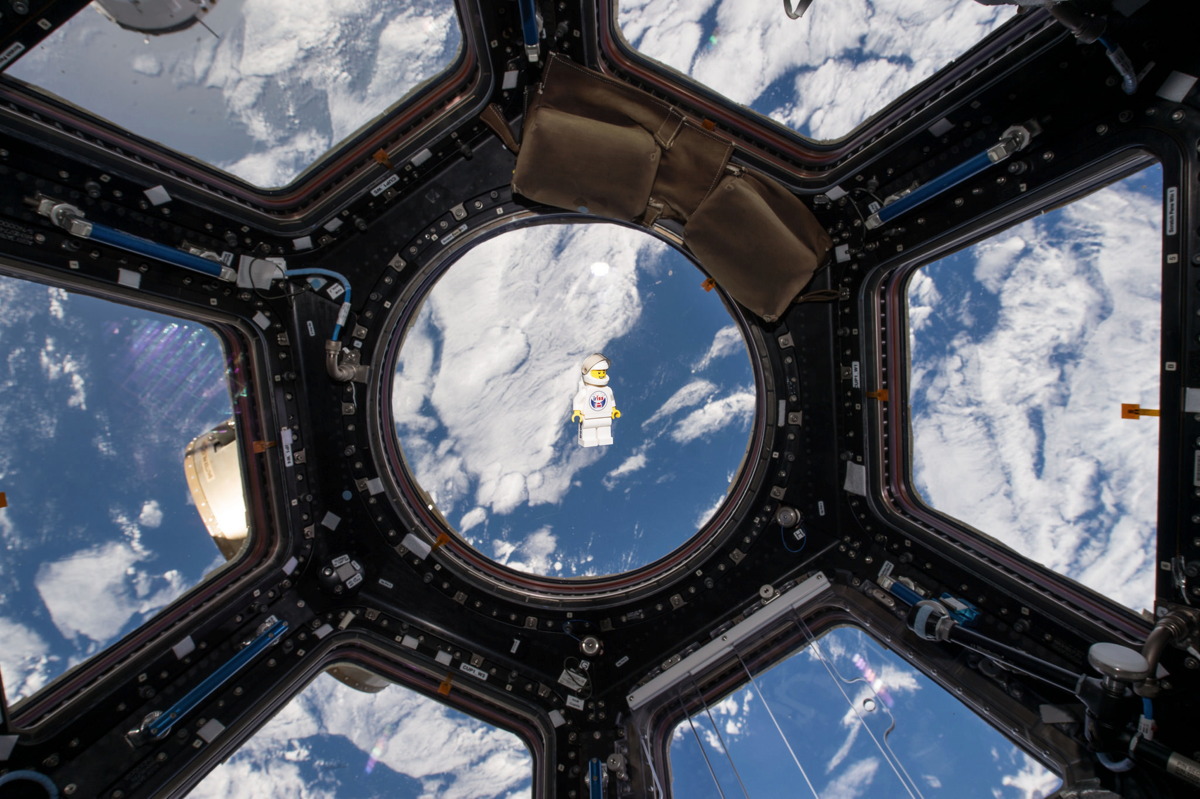
Monday, Sept. 14, 2015: A LEGO astronaut seems right at home, floating in the Cupola of the International Space Station on Sept. 6, 2015. 20 such figurines flew up to the space station on Progress spacecraft 60P from Baikonur Cosmodrome in Kazakhstan. Danish astronaut Andreas Mogensen will award these as prizes for activities during his iriss mission, lasting only 10 days in space. More details can be found here: blogs.esa.int/iriss/2015/07/29/lego-astronauts/
— Tom Chao
Join our Space Forums to keep talking space on the latest missions, night sky and more! And if you have a news tip, correction or comment, let us know at: community@space.com.










